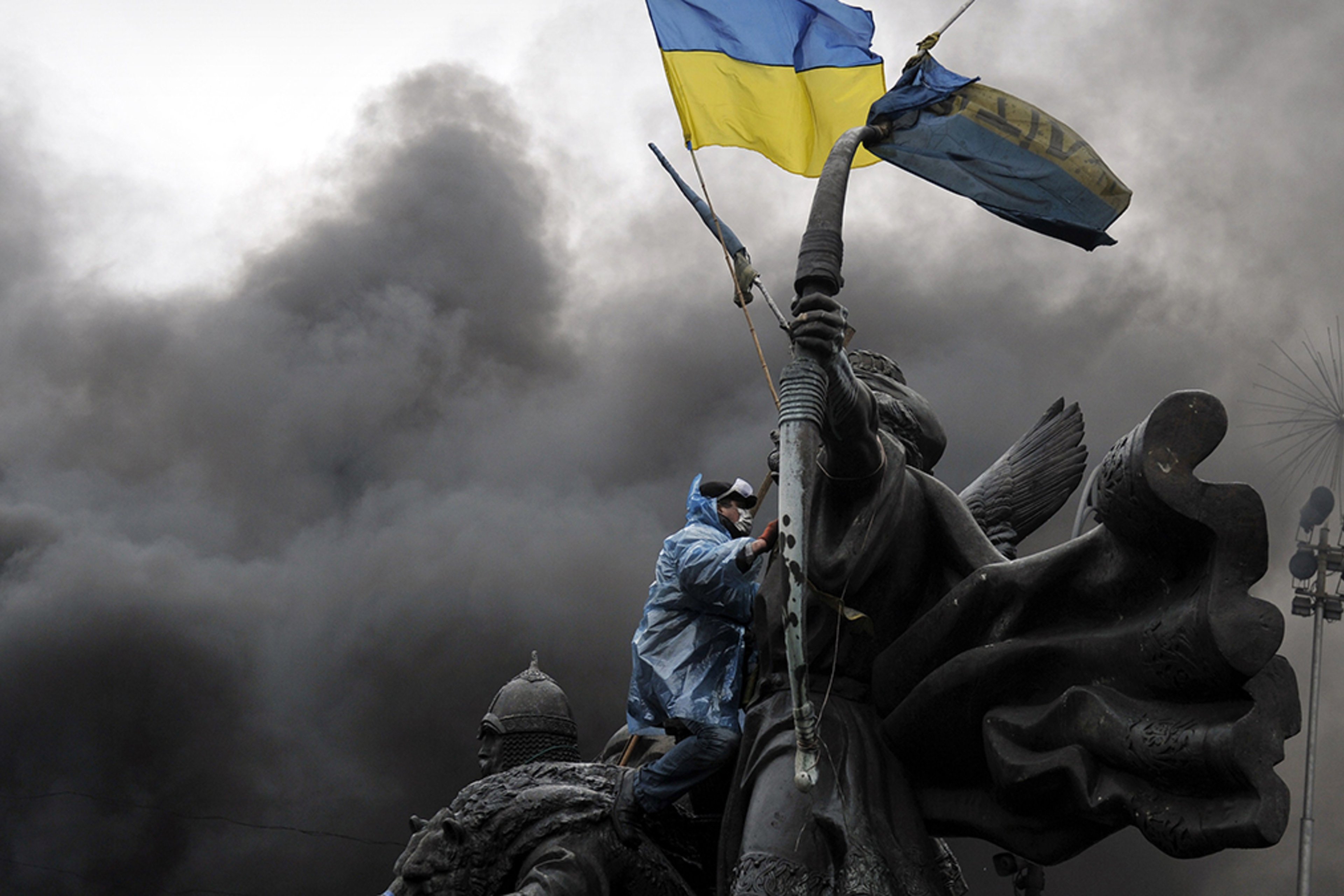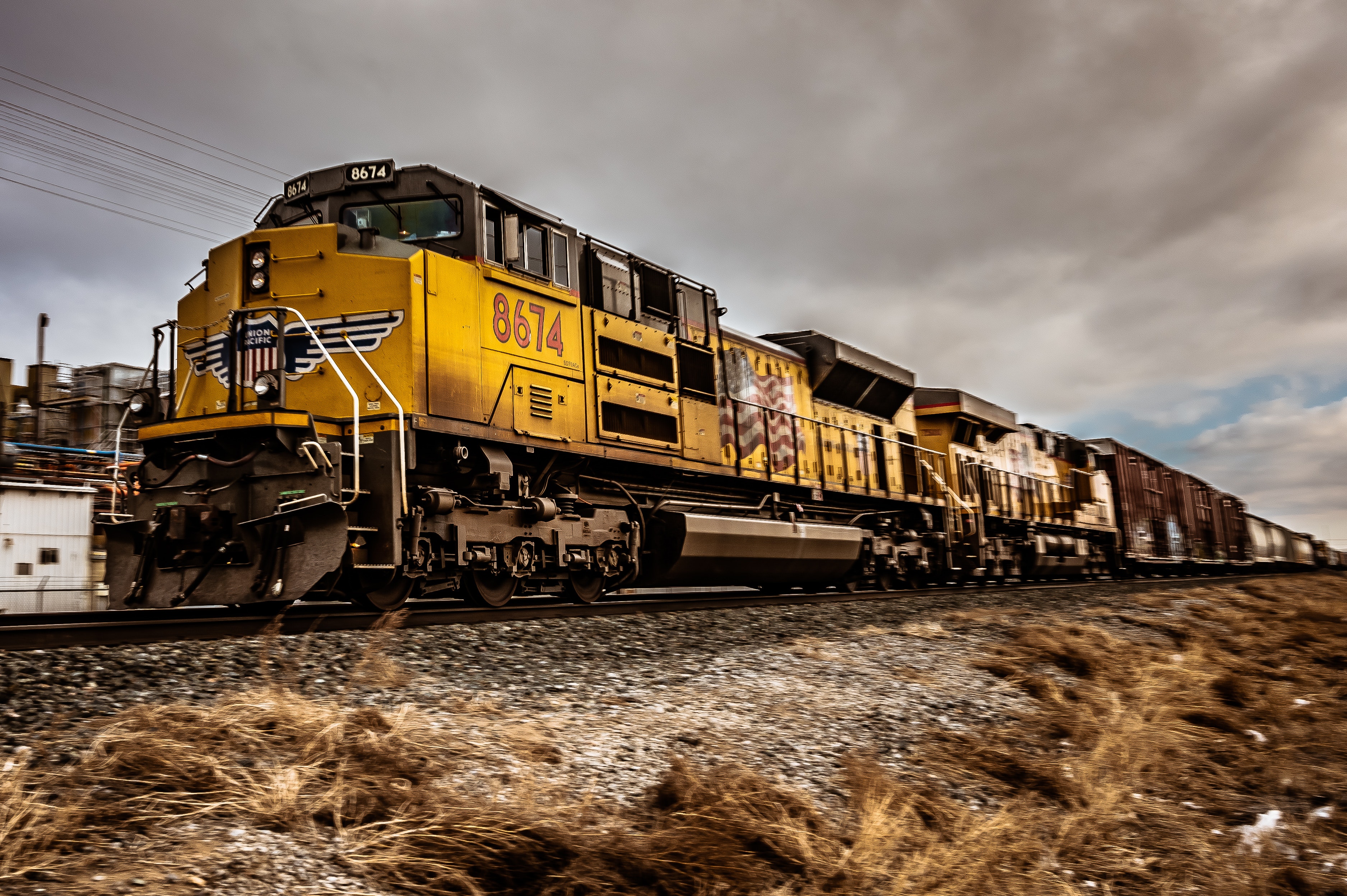So, you might be wondering why is Russia invading Ukraine? The conflict signifies a resurgence of open tensions between Russia and the broad US-European coalition of democratic nations. The war has also shattered the post-1945 consensus that major European powers should simply invade their neighbours. But, to understand the conflict which has erupted in 2022 we need to look further back in time.
Long-Term Origins of the Conflict
In many ways the origins of the conflict in Ukraine date back to the eighteenth century. Up until that point, Ukraine has been independent of Russia. In the seventeenth century, for example, it was variously ruled by independent Cossacks and the Crimean Tatars.
During the reign of Catherine II of Russia the Russian Empire expanded southwards towards the Black Sea. Russia annexed the Crimean Peninsula in 1783. So, does this explain why is Russia invading Ukraine? Let’s delve deeper and discuss their relations in more detail.
Following a programme of systematic russification of parts of southern and eastern Ukraine. Colonies of Russians followed into Crimea and regions such as the Donbass. In tandem, Russia imposed its cultural and political values in these regions.
However, Ukrainians largely retained its own language and culture. As a result following the Russian Revolution of 1917 a separate Ukrainian Soviet Socialist Republic emerged. While this became a part of the wider Soviet Union it retained its own national identity.
Moreover, in 1954 the Soviet premier, Nikita Khrushchev, returned the Crimean Peninsula to the Ukrainian Soviet Socialist Republic. When doing so he explicitly acknowledged the cultural ties between Crimea and Ukraine. Thus, when the Soviet Union collapsed in 1991 and Ukraine became an independent nation, it included Crimea.
Post-Cold War Relations
The status of Crimea is important, as it is a major source of tension between Ukraine and Russia. For many years after the collapse of the Soviet Union, Russia and Ukraine’s relations fluctuated. Under some presidents such as Viktor Yushchenko, who served between 2005 and 2010, Ukraine moved politically closer to Europe. Conversely, under his successor, Viktor Yanukovych, there was a drift back towards alignment with Vladimir Putin’s Russia.
In 2013, Yanukovych scrapped an Association Agreement with the European Union which would have moved Ukraine closer to Brussels. This initiated the Maidan Uprising in Ukraine, a popular movement throughout the country’s main cities. Ultimately, it ousted Yanukovych from power and saw a surge of pro-European sentiment across Ukraine.
The Maidan Uprising and the Annexation of Crimea
In the Maidan Uprising lie the origins of Russia’s invasion of Ukraine in February 2022. In response to the drift towards a much more pro-European stance, Vladimir Putin intervened directly in Ukrainian affairs. This had the backing of some substantial portions of the population of the Crimea and the Donbass region of eastern Ukraine. But this is not as incongruous as one would think.
After all, these regions had been heavily colonized by Russian-speaking settlers since the late eighteenth century. Thus, in the last days of February 2014 Russian forces occupied the Crimean Peninsula. A referendum, which was widely derided as being fraudulent, was then held on the 16th of March 2014. Through this a measure to make Crimea part of the Russian Federation passed by a majority of 97%.
War in the Donbass
The matter would have ended in 2014 had Russia settled for annexation of Crimea. But in the months that followed, Russian-backed separatists initiated a regional war against the Ukrainian government in Eastern Ukraine. This resulted in the creation of the Donetsk People’s Republic on the 7th of April 2014. Twenty days later the Luhansk People’s Republic was also set up. Unsurprisingly, Vladimir Putin’s Russia provides both these regions with extensive military aid. They have continued to be supplied since.
Ever since the eruption of the regional conflict in the Donbass there have been efforts to find a resolution. The first of these was The Minsk I agreement, reached on the 5th of September 2014. After that failed the sides concluded the Minsk II agreement on the 12th of February 2015. But this latter ceasefire deal also failed to bring an end to the fighting in the Donbass region. As a result, the conflict there has led to more than 13,000 deaths. 30,000 people have also been wounded in the Donbass since 2014.
Why is Russia Invading Ukraine 2022?
Despite the war in the east, life elsewhere in Ukraine returned to normal following the Maidan Uprising of 2014. The Ukraine-EU Association Agreement was finally signed in March 2014. Parts of it came into effect later that year. Further measures between 2015 and 2019 moved Ukraine closer to the European Union. In particular, the country has been a member of the EU visa-free Schengen Area since the summer of 2017.
It is difficult to pinpoint why is Russia invading Ukraine at the beginning of 2022. The answer, though, does largely lie in Ukraine’s steps towards joining NATO. Ukraine amended its Constitution in February 2019 to enshrine its intention to join NATO in the preamble. Then at a major summit in Brussels in June 2021, NATO leaders reiterated that Ukraine would become a member.
This was in line with previous steps taken as part of the membership action plan. The irony is that support for joining NATO in Ukraine had been low prior to the events of 2014. For instance, in 2012 just 28% of Ukrainians were in favour of joining the alliance. By 2017 that figure had risen to 69%.
Conclusion
Russia’s invasion of Ukraine continues to have profound affects on global markets. The S&P 500 fell more than 10% YTD, and many believe a stock market crash in underway. This has investors spooked, as Russia has largely alienated itself from the Western world, with U.S. sanctions on Russian oil contributing to rising commodity prices.
The Brussels Summit of June 2021 inspired Putin to begin amassing soldiers on Russia’s borders with Ukraine. In December 2021 Putin demanded a legally binding assurance that Ukraine would never join NATO. The rest is history. These demands were not met. Then Putin acknowledged the legality of the Luhansk and Donetsk Peoples Republics on the 21st of February 2022. Within days the invasion of Ukraine commenced on the 24th of February 2022.
Moscow justifies this invasion on the basis that it aims to prevent an aggressive expansion of NATO. But the proposed expansion of NATO has simply provided Putin with an excuse to claim Russia is acting in self-defence. In reality this is a land grab on Ukraine. At least that’s how the history books should depict it many years from now.
Disclaimer: The information expressed in this article may contain errors. Always fact check and come to your own conclusions.









